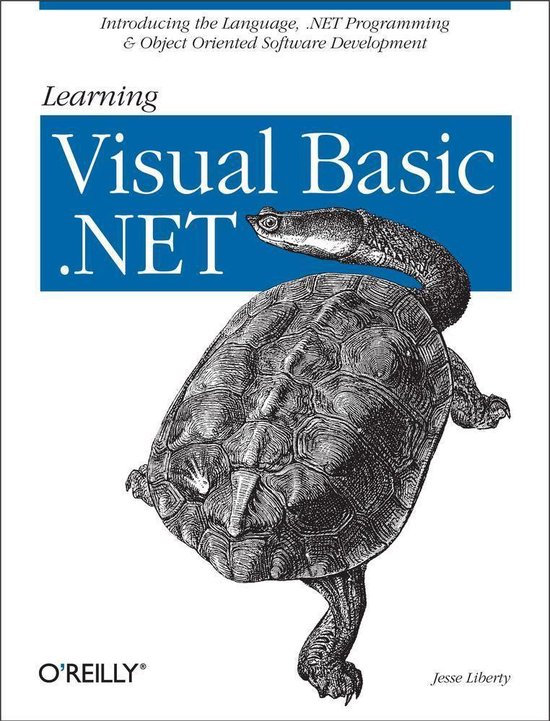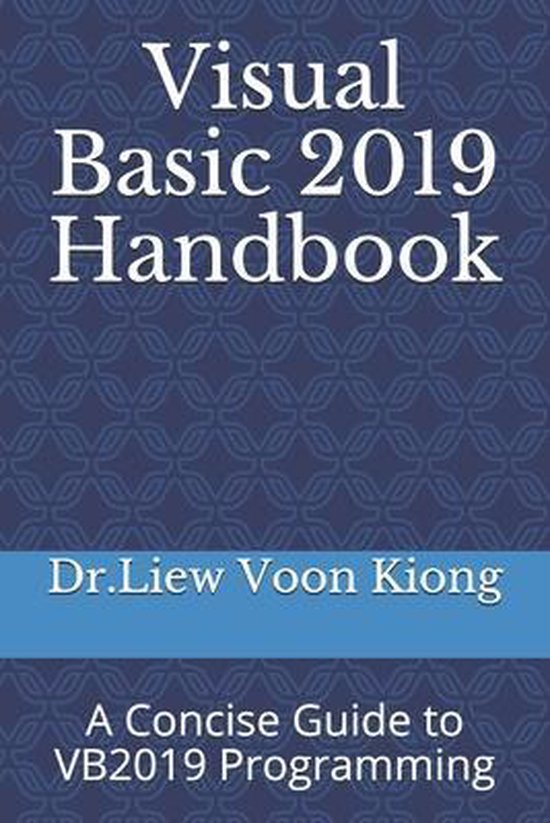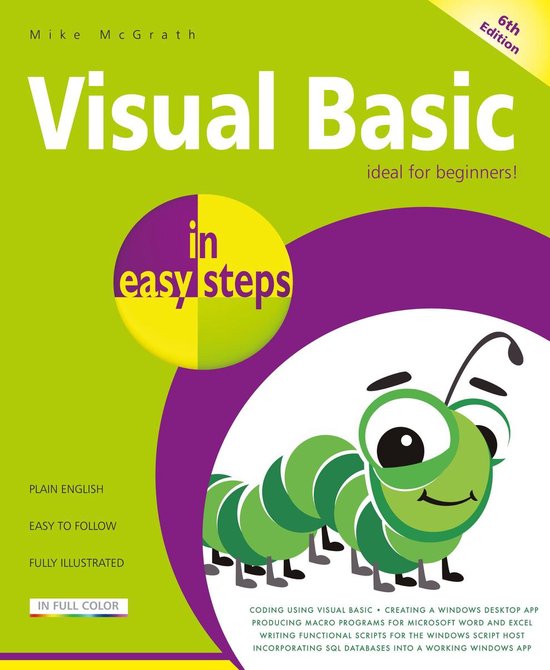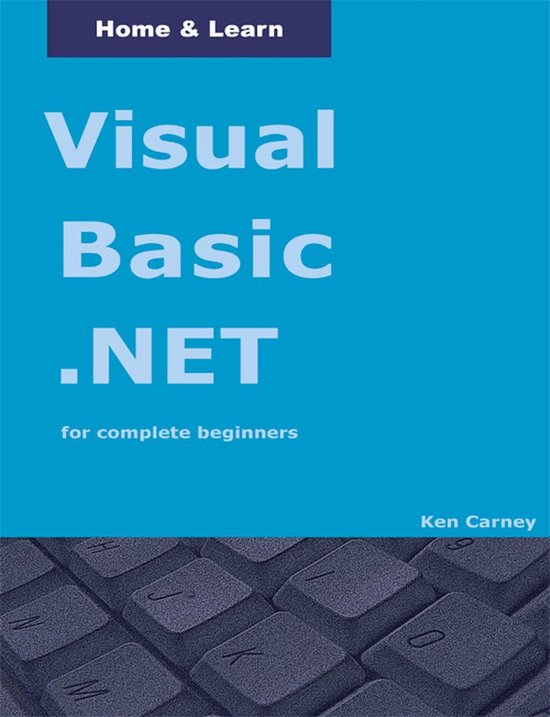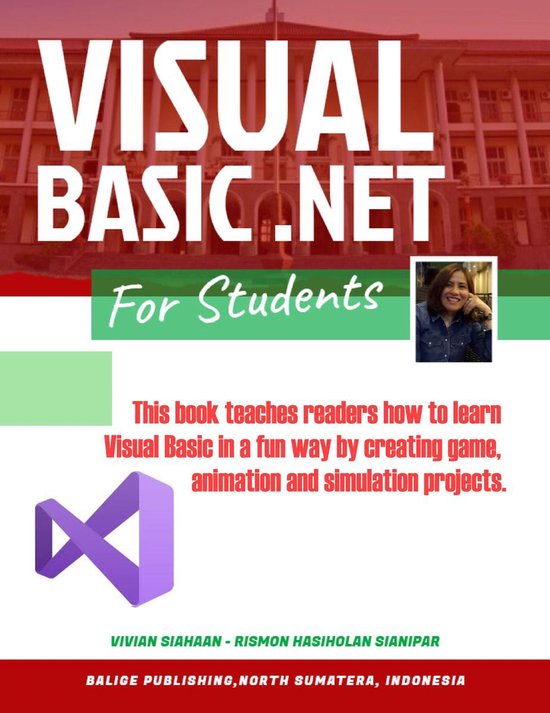
Visual Basic .NET For Students
In chapter one, you will get to know the properties and events of each control in a Windows Visual Basic application. You need to learn and know in order to be more familiar when applying them to some desktop applications in this book. In Tutorial 1.1, you will build a dual-mode stopwatch. The stopwatch can be started and stopped whenever desired. Two time traces: the running time when the stopwatch is active (running time) and the total time since the first stopwatch was activated. Two label controls are used to display the time (two more labels to display title information). Two button controls are used to start/stop and reset the application, one more button to exit the application. The timer control is used to periodically (every second) update the displayed time. In Tutorial 1.2, you will build a project so that children can practice basic skills in addition, subtraction, multiplication, and division operations. This Math Game project can be used to choose the types of questions and what factor you want to use. This project has three timing options.
In Tutorial 1.3, you will build Bank Code game. The storage box is locked and can only be opened if you enter the correct digit combination. Combinations can be 2 to 4 non-repetitive digits (range of digits from 1 to 9). After a guess is given, you will be notified of how many digits are right and how many digits are in the right position. Based on this information, you will give another guess. You continue to guess until you get the right combination or until you stop the game. In Tutorial 1.4, you will build Horse Racing game. This is a simple game. Up to 10 horses will race to the finish line. You guessed two horses that you thought could win the race. By clicking on the Start button, the race will start. All horses will race speed to get to the finish line.
In chapter two, you will learn the basic concepts of classes and objects. Next, it will demonstrate how to define class and type of enumeration, which shows how both are used in the application. In Tutorial 2.1, you will create a two-level application that uses a form to pass input user to the People class. The form class is the level of representation and the People class is the middle level. You will add controls to the form so people can enter ID, last name, and their height. When the user clicks the Save button, the code will assign input values to the People class properties. Finally, you will display the People object on a label. Figure below shows the form after the user clicks the Save button. In Tutorial 2.2, you will add a parameterized constructor to the People class. The application will ask the user to enter values, which will then be passed to the People constructor. Then, the application will display the values stored on the People object.
In Tutorial 2.3, you will create an application that utilizes enumeration type. The user will choose one type of account that is listed in a ListBox control and what he chooses is then displayed in a Label control. In Tutorial 2.4, you will create a simple Bank application. This application has one class, BankAcc, and a startup form. In Tutorial 2.5, you will improve the simple Bank application, by implementing the following two properties in the BankAcc class: TotalDeposit- Total money saved in current account; TotalWithdraw- Total funds that have been withdrawn from current account. In Tutorial 2.6, you will create an application to calculate the time needed for a particular aircraft to reach takeoff speed. You will also calculate how long the runway will be required. For each type of aircraft, you are given (1) the name of the aircraft, (2) the required take-off speed (feet/sec), and (3) how fast the plane accelerates (feet/sec2). In Tutorial 2.7, you will provide a number of programming training for those who want to improve their programming skills. Your task here is to write an object-oriented application so that training manager can display and edit the training services offered. There are several training categories: (1) Application Development, (2) Database, (3) Networking, and (4) System Administration. The training itself consists of: (1) title, (2) training days, (3) category, and (4) cost. Create a class named Training that contains this information, along with its properties and a ToString() method.
In chapter three, several tutorials will be presented to build more complex projects. You will build them gradually and step by step. In Tutorial 3.1, you will build Catching Ball game. The bird flew and dropped ball from the sky. User is challenged to position man under the fallen ball to catch it. In Tutorial 3.2, you will build Smart Tic Tac Toe game. The aim of this game is to win the game on a 3 x 3 grid with the victory of three identical symbols (X or O) on horizontal, diagonal, or vertical lines. The players will play alternately. In this game given two game options: player 1 against player 2 or human player against computer. A smart but simple strategy will be developed for computer logic to be a formidable opponent for human.
In Tutorial 3.3, you will build a Matching Images game. Ten pairs of images hidden on the game board. The object of the game is to find image pairs. In Two Players mode, players will get turns in turn. In One Player mode, there are two options to choose from: Playing Alone or Against Computer. When Play Alone option is selected, the player will play alone without an opponent. If Against Computer option is selected, then the level of computer intelligence is given with several levels according to the level of difficulty of the game. In Tutorial 3.4, you will build Throwing Fire program. This program can be played by two human players or human player versus computer.
In chapter four, tutorials will be presented to build two advanced projects. You will build them gradually and step by step. In Tutorial 4.1, you will build Roasted Duck Delivery simulation. In this simulation, a number of decisions are needed. The basic idea is to read the order by incoming telephone and tell the delivery scooter to go to the location of the order. You also need to make sure that you always provide a roasted duck ready to be transported by the delivery scooter. The delivery area is a 20 by 20 square grid. The more roasted duck is sold, the more profit it gets. In Tutorial 4.2, you will build a Drone Simulation. In this simulation, you control both vertical and horizontal thrusters to maneuver the ride to the landing pad. You will adjust the landing speed so that it is slow enough so that no accident occurs.
| Auteur | | Vivian Siahaan |
| Taal | | Engels |
| Type | | Ebook |
| Categorie | | Computers & Informatica |
